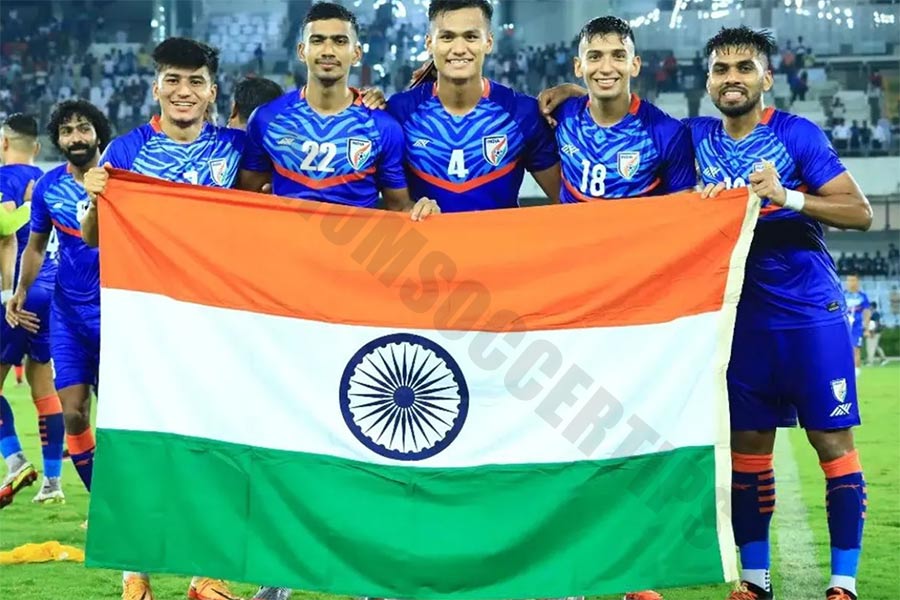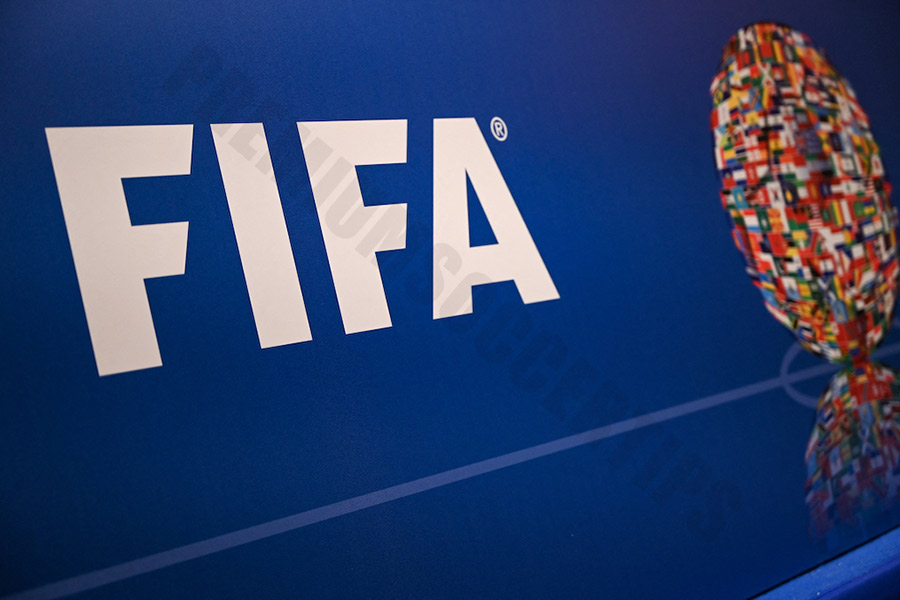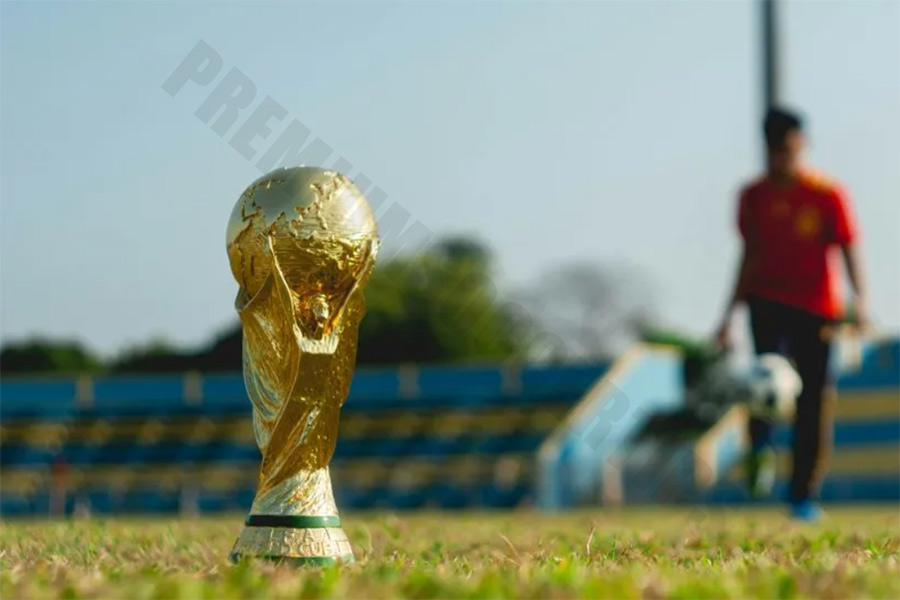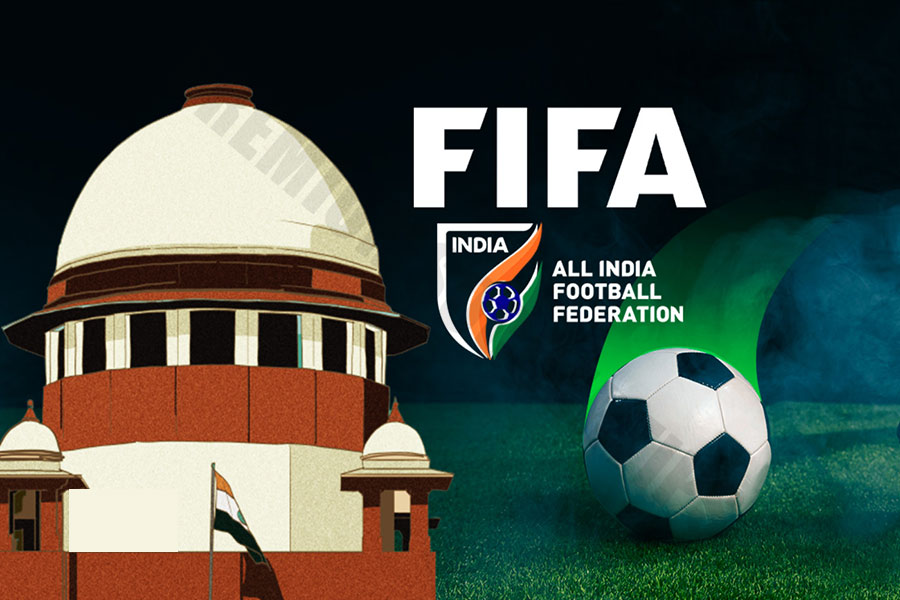Why India was banned from football: The key reasons
FIFA’s ban on Indian football on August 15, 2022, stemmed from unwarranted third-party interference in the functioning of the All India Football Federation (AIFF). The decision cost India the right to host the 2022 U-17 Women’s World Cup, scheduled to take place from October 11 to 30. However, after the Supreme Court of India dissolved the Committee of Administration (COA) and restored control of the AIFF, FIFA lifted the ban on August 26, just 11 days later. But why did FIFA ban India in the first place and what events led to the ban? Let’s find out why India was banned from football with Premiumsoccertips through the following article!

Why did FIFA ban the Indian Football Federation AIFF?
The decision to ban India was taken by the Bureau of the FIFA Council. FIFA’s decision to ban Indian football and suspend AIFF was explained in a letter to the organisation. Several reasons have been cited behind the suspension of Indian football. However, the most important ones are:
Third-party influence and interference
Third-party influence in the day-to-day running of AIFF is said to be the biggest reason behind FIFA’s decision to ban India and suspend the organisation. They noted that the Supreme Court of India had ordered the AIFF administration to hold elections before the constitution was finalised. Hence, there is expected to be an interim term of three months before the constitution is finalised.
It is also expected that the electoral delegation to be determined will include several former players who have represented India. FIFA even found indications that the Committee of Administration (COA) would continue to play a role in governing football in the country even during the interim period while the constitution was drafted.
This was seen as a “blatant” and clear violation of the rules that protect organisations from third-party influence (by a country’s political or judicial system).
Deviations from FIFA’s original roadmap
The original AIFF Governing Committee comprised three members – Dr SY Quraishi, Justice (retd) AR Dave and Bhaskar Ganguly. They were tasked with preparing a draft constitution and soliciting comments and suggestions from various stakeholders, including FIFA, before submitting it to the Supreme Court.

The world’s top football governing body FIFA noted that there were a number of deviations from the original roadmap and plan. Perhaps the biggest change of all was the decision to include 36 prominent footballers in the electoral delegation and they would constitute 50% of the total 72 voters in the body that were supposed to vote in the AIFF elections.
FIFA wanted the representation of prominent players in the electoral delegation to be capped at a maximum of 25% and not more.
Many bettors prefer using bookmaker apps for their convenience and ease of placing bets on the go.
Events that led to FIFA’s ban
The process leading to the decision to ban Indian football
The decision to ban Indian football did not happen overnight. In fact, a number of setbacks and a disastrous chain of events led to the decision. It all started when former AIFF president Praful Patel, who is also a FIFA council member, refused to step down as head of Indian football.
He has been president for 13 years and saying that a change in administration was long overdue would be an understatement. Patel’s latest excuse for not relinquishing power and leaving the AIFF is the ongoing pandemic, along with a court case related to the AIFF’s constitution.
The supreme court and FIFA’s Intervention
The Supreme Court finally intervened on May 18 after the case was taken to the country’s highest judicial body. It removed Patel from office and appointed a three-member Board of Trustees to run the AIFF on an interim basis. The manner in which this COA was formed was where the contentious relationship between Indian football and FIFA began, who closely monitored the proceedings, and ultimately led to the ban on August 15.

When FIFA began looking into the case, they found no grounds to immediately dismiss the COA as they believed that the committee would not make any significant changes to the AIFF’s constitution. However, the release of the first draft of the constitution showed that they had interfered with the AIFF’s executive body, the democratically elected committee of state associations that runs the affairs of the All India Football Federation, as well as how the executive committee is constituted and who can vote or be voted in its formation.
The COA has also made some changes in defining what India’s top football league will be, how promotion and relegation will work, and in defining the principles under which the AIFF will have exclusive control over the country’s top football league.
While FIFA initially decided to postpone the ban and assess the situation, the series of drastic changes to the way the AIFF operates without the involvement of an executive committee to ratify or challenge these decisions has been viewed by the world football governing body as third-party interference.
How FIFA lifted the ban on Indian football?
Fortunately, things were resolved before things got much worse for Indian football. FIFA decided to lift the suspension after 11 days on August 26. The decision was overturned after the Supreme Court decided to dissolve the Committee of Administration (COA). The interference of the COA in AIFF affairs has been a major source of contention for FIFA and its dissolution and resolution to stay in place as soon as possible proved to be a deal breaker.
The FIFA Council Executive Committee, which includes President Gianni Infantino, as well as the heads of several federations, announced the decision to lift the suspension.

“The decision was taken after FIFA received confirmation that the mandate of the administrative committee formed to take over the powers of the AIFF Executive Committee had been terminated and the AIFF management had regained full control of the day-to-day affairs of the AIFF. “FIFA and the AFC will continue to monitor the situation and will support the AIFF in holding the elections in a timely manner,” FIFA said in a statement. “Therefore, the 2022 FIFA U-17 Women’s World Cup scheduled to take place from 11 to 30 October 2022 will be held in India as planned,” the statement added.
Conclusion
India’s August 2022 football ban was the result of undue third-party interference in the running of the All India Football Federation (AIFF). This was triggered by the intervention of the Supreme Court of India, which led to a change in the governing structure that FIFA deemed to be in violation of its rules. This not only cost India the right to host the 2022 U-17 Women’s World Cup, but also created tension between FIFA and the Indian football governing bodies. However, following the dissolution of the Committee of Administrators (COA), the ban was lifted in late August.
See more: Who has more wins against each other Messi or Ronaldo?








